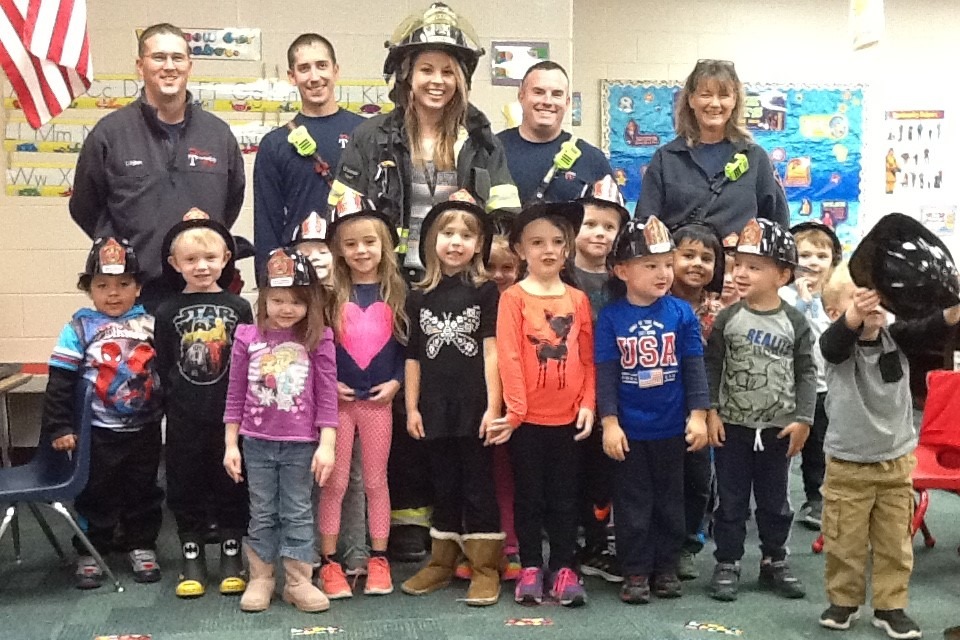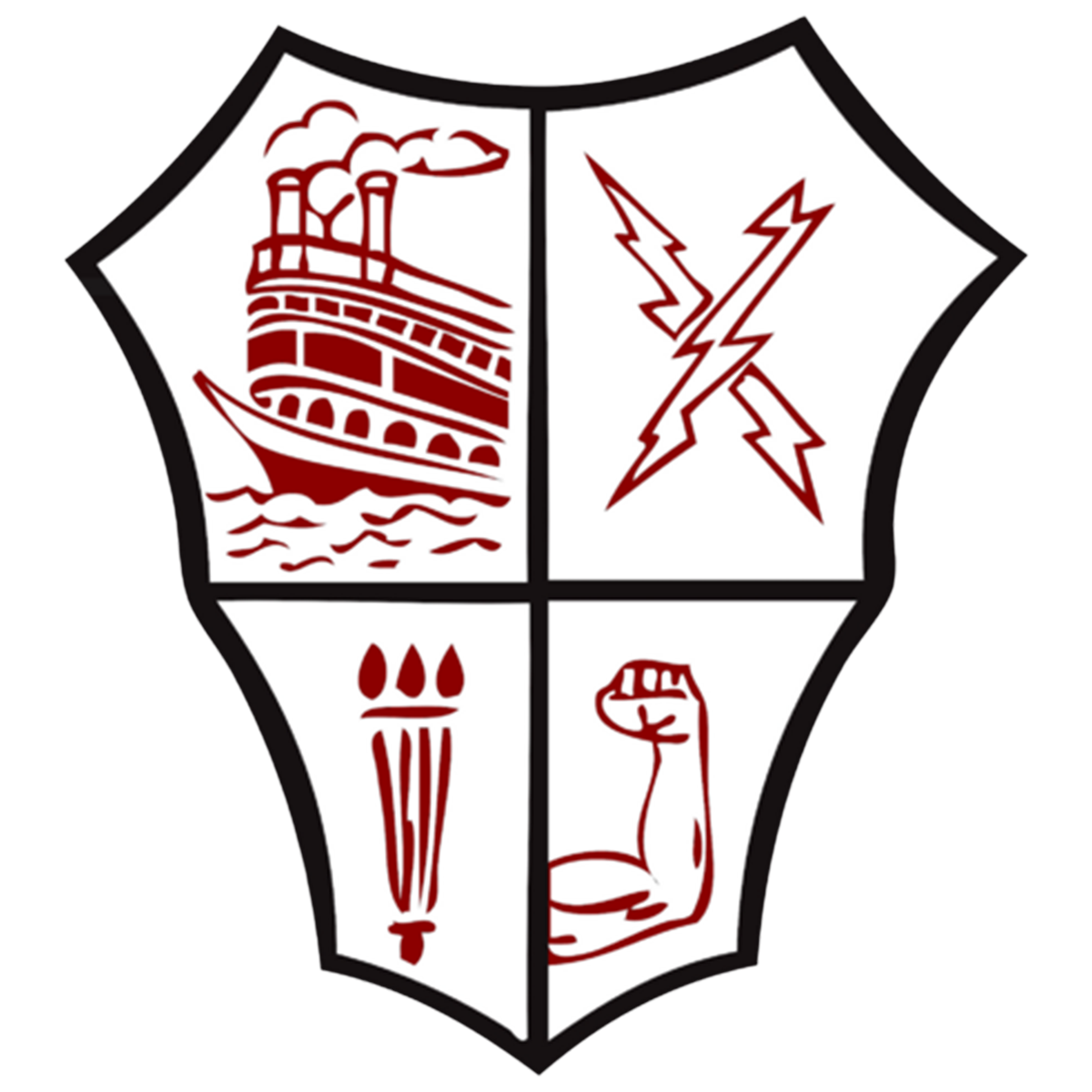Early Childhood, Preschool and Kindergarten
Welcome To Early Childhood Education In New Richmond!
Preschool (for children ages 3-4)
When it comes to Preschool, New Richmond School District has a lot to brag about! We have approximately 120 students attending morning and afternoon classes at our two elementary schools and our numbers keep growing! Our preschool offers a nurturing environment with licenced, experienced teachers for all students ages 3-5. Each preschool classroom has been licensed by the State of Ohio and is Step Up To Quality rated.
Our preschools have a set curriculum based on developmentally appropriate practices and state standards. Students are exposed to letters, sounds, numbers and multiple pre-kindergarten skills. These experiences create kindergarten readiness.
Activities that take place everyday:
-Teacher-led academic lessons
-Arts and crafts
-Small group activities
-Recess
-Play-time centers including:
Sensory table, dramatic play, math, science, language, blocks, puzzles
Students build communication and social skills, confidence and develop friendships, not to mention having fun! We are helping to develop well-rounded children who will be the proud students of New Richmond School District!

Kindergarten (for those age 5 by August 1)
Kindergarten! The very word conjures up images of oversized pencils, gooey white glue, posters of the alphabet and flashcards for counting to 100. And who can forget smell of a fresh box of crayons? Kindergarten is an essential year for building the foundation for your child’s education experience. New Richmond Exempted Village School District offers full-day kindergarten at both of its elementary schools. If your child will turn 5 years old on or before August 1st, he or she is eligible to start school.
Your child’s kindergarten teacher will utilize a variety of education strategies to fill your child’s day with a structured approach to learning, such as hands-on centers, small group or self-directed activities, as well as journaling and story time, transitioning frequently throughout the day to keep young students engaged and on task. Technology is integrated into the kindergarten day as well, with five networked computers in each classroom to utilize educational software in support of math, reading and other new skills under rapid development.
Kindergarteners also have dedicated time each day for “specials,” where they go to art, music or physical education class on a rotating basis with those specialist teachers at the school, and they have scheduled time for recess. Kindergarten students have access to the same educational amenities as older students — they have lunch in the school cafeteria, visit the media center and can take advantage of school bus transportation.
It’s an exciting time for parents and students alike, and we look forward to helping parents build that solid foundation students need to be successful through high school and beyond!
Early Childhood Education Information
Locust Corner Preschool
Monroe Preschool
Parent Information
This is a copy of our Preschool Handbook. Should you have any questions, they can be answered here.
Preschool Tuition - Cost to Attend
New Richmond offers a preschool tuition that is based on your household income. Refer to this chart to determine what your tuition might be.
This is a reminder of our payment policy.
This is a friendly reminder of our Preschool attendance policy.
Children transition from preschool to kindergarten with a plan
